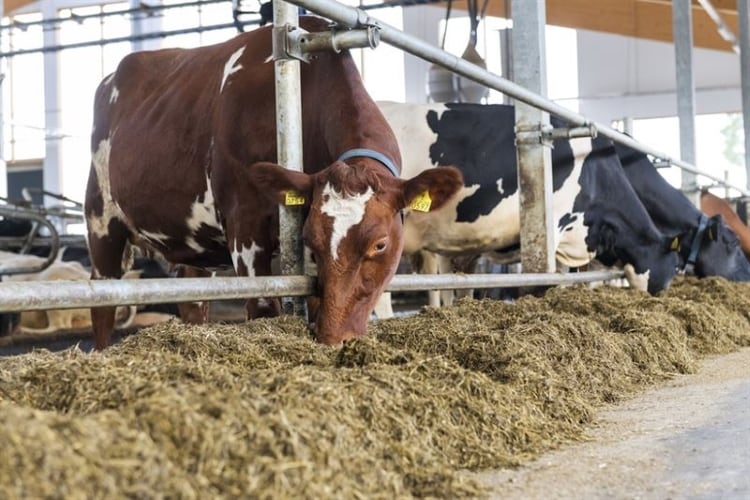The additive can reduce methane emissions produced by cows by 30%. The companies said the additive has generated promising results in farm trials in Europe and North America. During the 12-week test period, 400 cows at three different Valio dairy farms received feed containing the Bovaer additive. Bovaer recently received permission to be marketed in the EU.
The feed trial carried out by Valio and Atria’s subsidiary A-Rehu is the first time the Bovaer additive has been used in feeding dairy cows in Finland. The goal of the pilot was to collect practical experiences on the use of the additive in feeding cows.
“During the pilot period, the cows’ milk production remained normal and no changes were detected in the composition of the milk. Nor was anything unusual detected in the cows’ behavior and welfare. Based on the results of the pilot, the additive can be safely added to the cow feed,” said Juha Nousiainen, senior vice president, carbon-neutral milk chain, at Valio.
“The additive has been studied around the world for a decade and is used in South America. There are extensive feed trials underway in Europe, New Zealand and Canada. The Finnish farms participating in the pilot were openly interested in the feed trial,” said A-Rehu development manager Milja Heikkinen.
When a cow eats, the microbes in its rumen digest the feed, releasing hydrogen and carbon dioxide. Since hydrogen in large quantities is harmful to the microbes and the cow, enzymatic activity in the rumen combines the hydrogen and carbon dioxide into methane, which the cow burps as it ruminates.
“Bovaer prevents the enzyme from working, so no methane is produced. The additive makes it possible to annually reduce about 1,000 kg of CO2-eq per cow. The additive reduces the carbon footprint of milk by about 10–15%,” Nousiainen said.
Like carbon dioxide, methane is a greenhouse gas with a shorter warming effect in the atmosphere, about 10 years, but it is about 28 times more potent.
“A cow burps an average of 400 liters of methane a day. About 18–22 grams of methane per milk kilo is generated, when calculated from calf to adulthood. The methane produced in the rumens of dairy cows accounts for about 2.5% of Finland’s greenhouse gases,” Nousiainen said.
The feed project in Finland was authorized by the Finnish Food Authority. The safety of the feed’s active ingredient, 3-Nitrooxypropanol (3-NOP), has been studied extensively with animals, consumers, farms and in the environment, with no adverse effects discovered.

